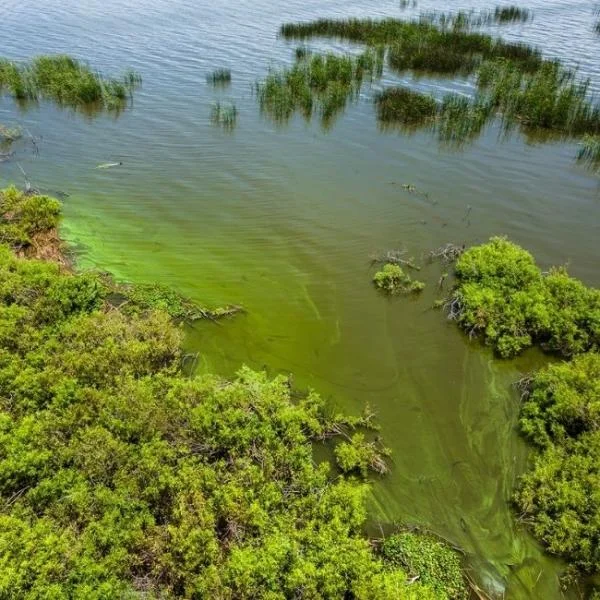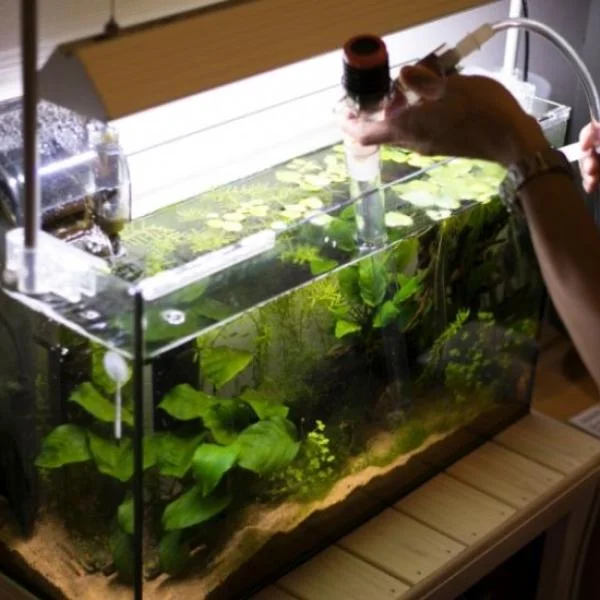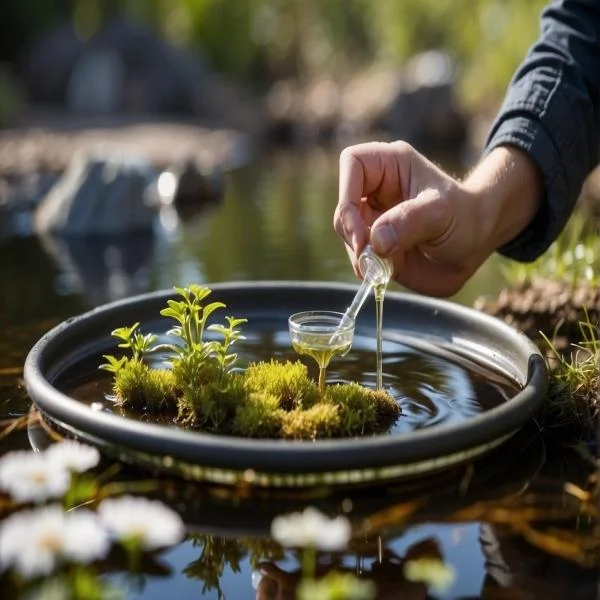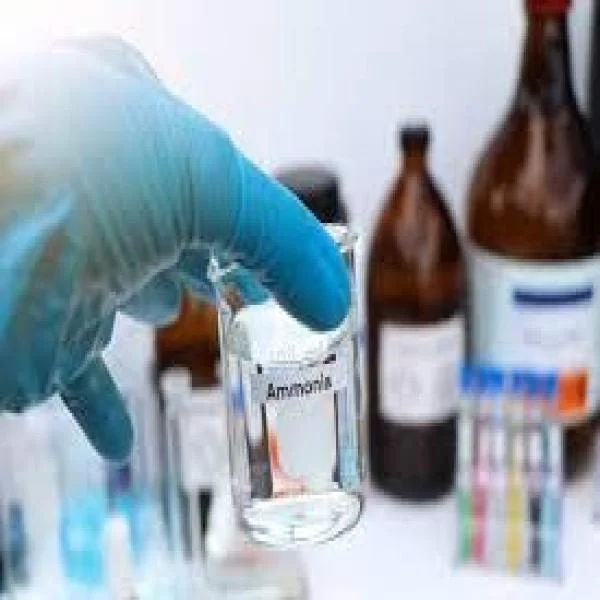
Fungi represent a fascinating kingdom of organisms that includes approximately 144,000 known species, ranging from microscopic yeasts to massive mushrooms. Scientists have estimated the total number of species to be somewhere in the range of 2.2 million to 3.8 million, making fungi one of the most diverse kingdoms of life on Earth.
What Are Fungi?
The term “fungi” refers to a unique kingdom of eukaryotic organisms, fundamentally distinct from plants, animals, and bacteria. Unlike plants, fungi lack chlorophyll, which means they cannot photosynthesize and must instead absorb nutrients from other organic matter. This mode of feeding, known as heterotrophy, places them closer to animals in terms of metabolic processes, although they digest nutrients externally before absorption.
Structurally, fungi have cell walls rich in chitin— a complex carbohydrate also found in the exoskeletons of insects— distinguishing them from plant cell walls, which contain cellulose. Fungi exist in diverse forms, from microscopic yeasts to large multicellular mushrooms, each adapted to play essential ecological roles as decomposers, symbionts, or parasites. Their kingdom is vast, with an estimated 2.2 to 3.8 million species, showcasing incredible diversity and complexity. By breaking down organic material, fungi recycle essential nutrients, supporting entire ecosystems.
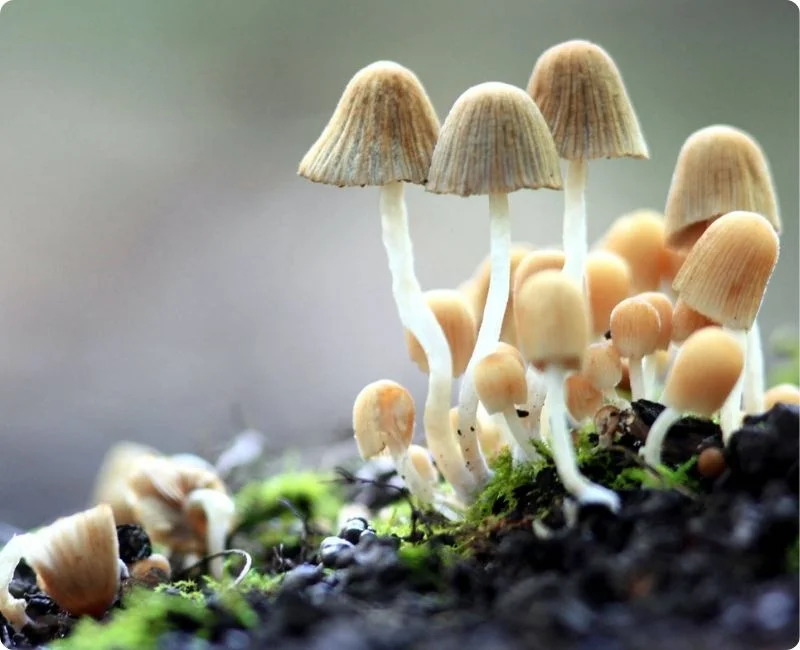
What Are Fungi?
Structure and Morphology
From microscopic hyphae to extensive mycelial networks, fungi have adapted to thrive in varied environments. This section explores the architecture of fungi and how these structures contribute to their success as decomposers.
Basic Structure
The typical fungus exhibits a complex organization that begins with microscopic filaments and can develop into elaborate multicellular structures. The fundamental components include hyphae, which are branching tubular filaments that make up the fungal body, and mycelium, which is the entire network of these hyphae. These structures are enclosed by cell walls containing chitin and polysaccharides, distinctly different from plant cell walls that contain cellulose.
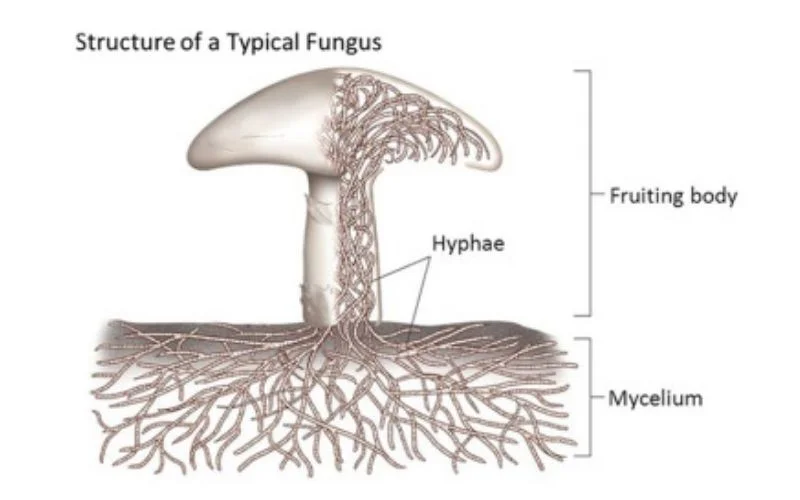
Basic Structure of fungus
Hyphal Structure
Hyphal organization in fungi demonstrates remarkable diversity and specialization. In nonseptate hyphae, nuclei float freely throughout the continuous cytoplasm, while septate hyphae contain cross walls that create distinct compartments. The septal pores in many fungi allow controlled movement of cytoplasm and organelles between compartments, facilitating nutrient transport and growth coordination across the organism.
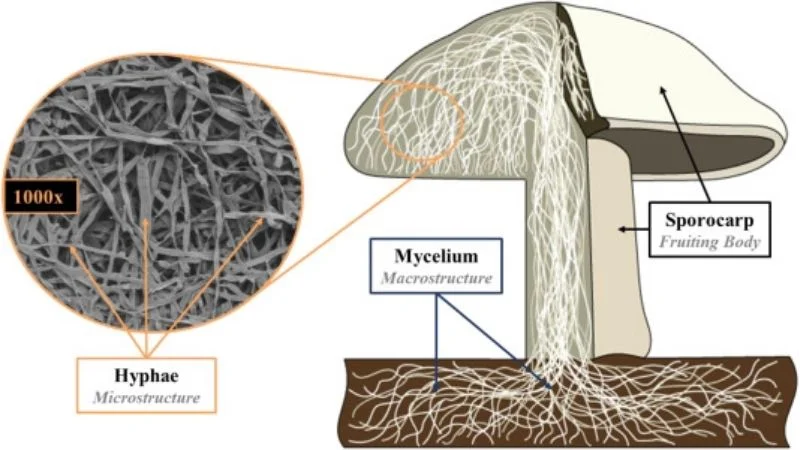
Hyphal Structure of fungus
Classification of Fungi
Fungal classification highlights their extensive diversity, with each group adapted to specific ecological roles. Here, we break down the primary classes of fungi and their characteristics, illustrating how they contribute to ecosystems and human society.
Zygomycetes
Zygomycetes represent some of the most primitive true fungi, characterized by their formation of tough zygospores during sexual reproduction. These fungi typically grow rapidly and can be found decomposing simple sugars in foods like bread, evidenced by common bread molds that belong to this group.
Ascomycetes (Sac Fungi)
Ascomycetes constitute the largest group of fungi, distinguished by their specialized spore-bearing cells called asci. These fungi demonstrate incredible diversity, ranging from unicellular yeasts used in baking and brewing to complex multicellular organisms that produce valuable medicines and flavorful delicacies like truffles.
Basidiomycetes
Basidiomycetes include the most familiar large fungi, such as mushrooms, puffballs, and bracket fungi. They are characterized by their distinctive club-shaped spore-producing structures called basidia, which often form elaborate fruiting bodies that can reach impressive sizes - some bracket fungi can grow to 40 centimeters in diameter.
Deuteromycetes (Imperfect Fungi)
Deuteromycetes comprise fungi that reproduce primarily through asexual means, earning them the name "imperfect fungi." These organisms play crucial roles in medicine and industry, with many species producing important antibiotics and other pharmaceutical compounds.
Nutrition and Growth
Fungi display three primary nutritional strategies that showcase their ecological versatility. Saprophytic fungi are crucial for nutrient cycling as they decompose dead organic matter. Parasitic fungi feed on living hosts, frequently leading to diseases in plants and animals. Symbiotic fungi form mutually beneficial relationships with other organisms, such as the mycorrhizal associations that help plants absorb nutrients from soil.
Important Uses of Fungi
Beyond their ecological roles, fungi serve vital functions in medicine, food production, and more. Here, we highlight the beneficial uses of fungi that support human health and industrial processes.
Medical Applications
The medical importance of fungi was revolutionized in 1928 when Alexander Fleming discovered penicillin produced by Penicillium notatum. Since then, fungi have become crucial sources of various antibiotics and other medicines, including ergot-based drugs for controlling hemorrhage and statins for managing cholesterol levels.

Medical Applications of Fungi
Food Industry
Fungi play indispensable roles in food production, from the fermentation of bread and alcoholic beverages to the creation of distinctive cheeses. Mushroom cultivation provides nutritious food sources, while mycoprotein offers high-protein meat alternatives. The industry continues to find new applications for fungi in food processing and production.

Fungi play indispensable roles in food production
Environmental Roles
In nature, fungi serve as primary decomposers, breaking down organic matter and releasing essential nutrients back into ecosystems. They form crucial symbiotic relationships with plants through mycorrhizal associations, enhancing nutrient uptake and soil structure. This decomposition process is essential for maintaining healthy ecosystems and nutrient cycles.
Distribution and Habitat
Fungi demonstrate remarkable adaptability, thriving in diverse environments from polar regions to tropical forests. While most prefer moist, organic-rich environments, some species have adapted to extreme conditions. They can be found in freshwater, marine environments, and terrestrial habitats, with soil being particularly rich in fungal diversity.
Growth Characteristics
Fungal growth occurs primarily at hyphal tips, with the organism expanding through a combination of apical growth and branching. This unique growth pattern allows fungi to form extensive networks that can span impressive distances. Some species, like Armillaria, can form some of the largest living organisms on Earth, with colonies covering several hectares of forest floor.
Notable Examples of Fungi
Common fungi encountered in daily life include Saccharomyces cerevisiae (baker's yeast), which has been instrumental in understanding basic cellular biochemistry.
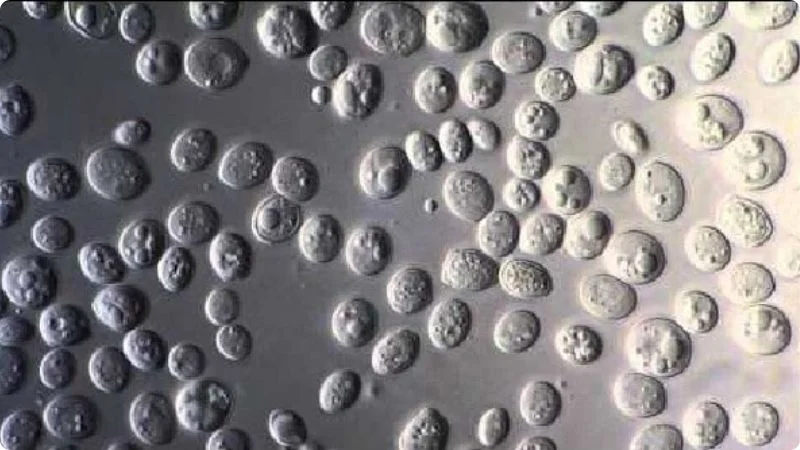
Saccharomyces cerevisiae
Agaricus bisporus (button mushroom), one of the most widely cultivated edible fungi. These examples demonstrate the diverse roles fungi play in human society, from food production to scientific research.
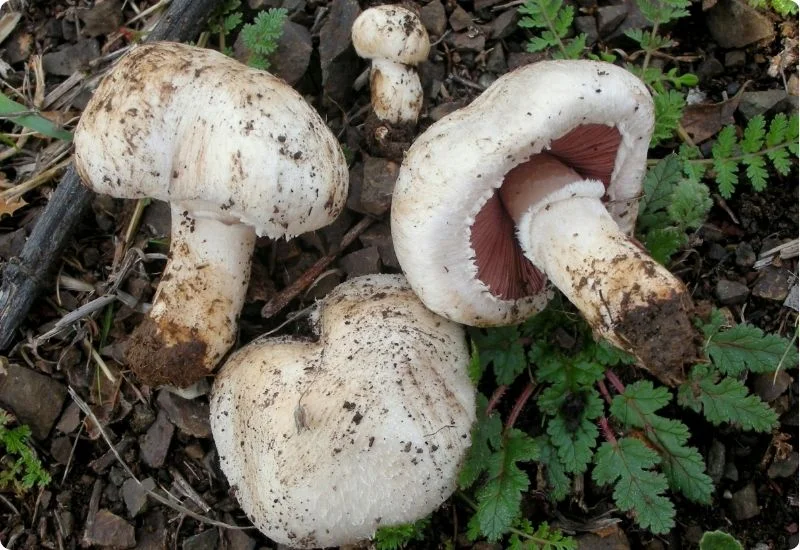
Agaricus bisporus (button mushroom)
Through their varied roles in decomposition, symbiotic relationships, and human applications, fungi continue to be essential organisms in both natural ecosystems and human society. Their study has contributed significantly to our understanding of cellular biology, genetics, and medicine, making them invaluable subjects for ongoing research and practical applications.
Related Articles
Why are Algae Blooms Bad? The Impact of Algae on Environment
Algae blooms represent one of the most significant challenges facing our aquatic ecosystems today. ...
What Can Biological Filtration Do for Your Pond?
Biological filtration represents a cornerstone technology in both natural ecosystem management and ...
The Importance of Proper Water Changes for Your Aquarium
In this comprehensive guide, we'll explore the importance of water changes , how to determine the ...
How Do Algae and Fungi Differ From Each Other?
Algae and fungi are fascinating organisms that play crucial roles in our ecosystem, yet they possess ...
Tips for Reducing Ammonia in Pond to Keep Aquatic Life Healthy
Maintaining a healthy pond is crucial for the well-being of fish and other aquatic life, and one of ...
How to Detect and Remove Ammonia in Water Sources
Ammonia, a naturally occurring compound of nitrogen and hydrogen, can be found in various water ...

